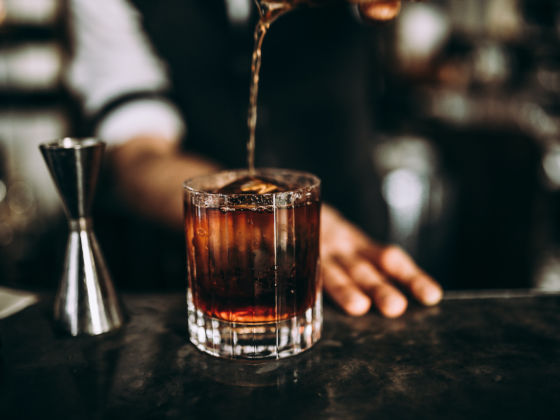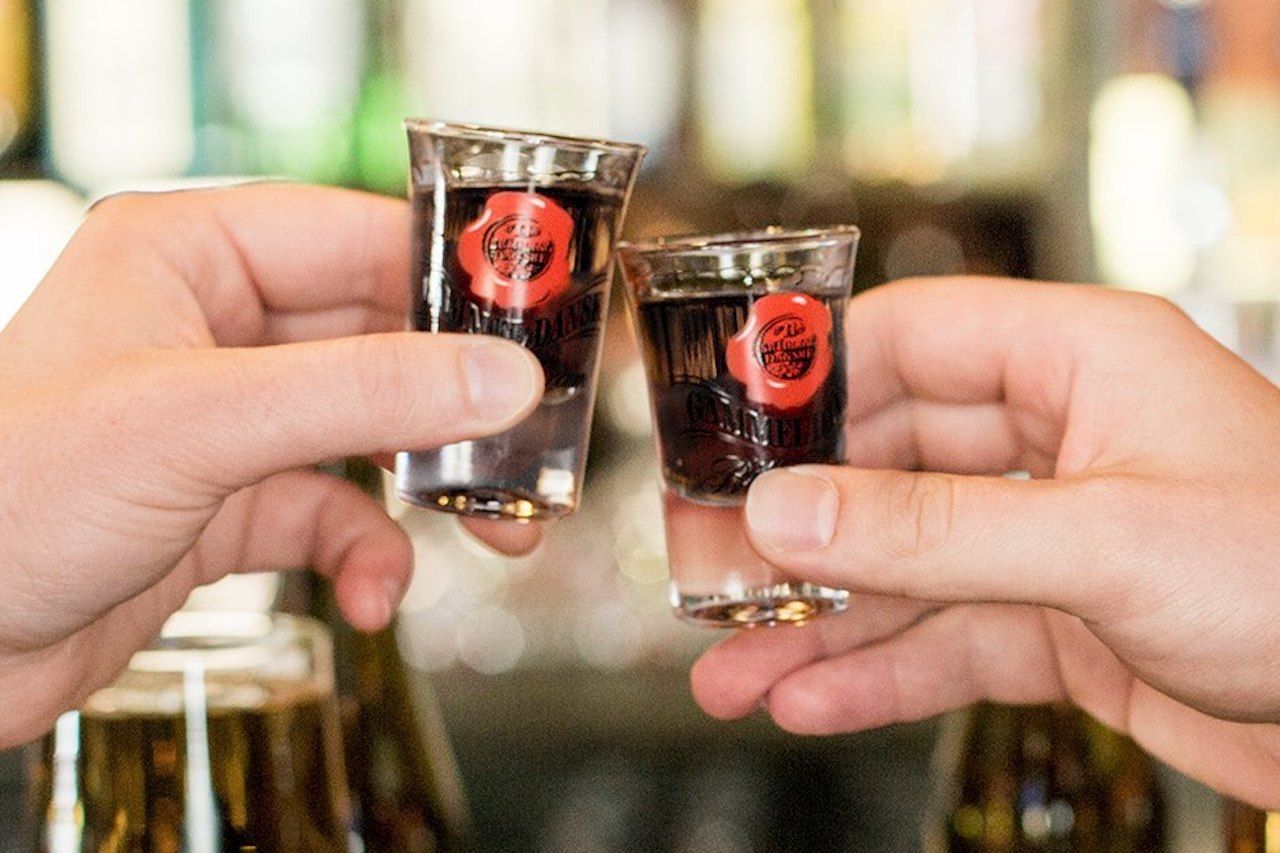Humans have five fundamental taste receptors: sweet, salty, sour, umami, and bitter. A perfectly balanced meal includes all of them, which is easy enough for the first four of those tastes. Understanding and appreciating bitter, however, is something we have to force ourselves to do.
“The minute that bitterness touches your tongue, there’s a nanosecond for your brain to say, ‘I think I like this’ before your body says, ‘no, fuck that, get it out of here,’” Sother Teague tells me as we sit facing a wall of some of the most bitter spirits available in New York City.


